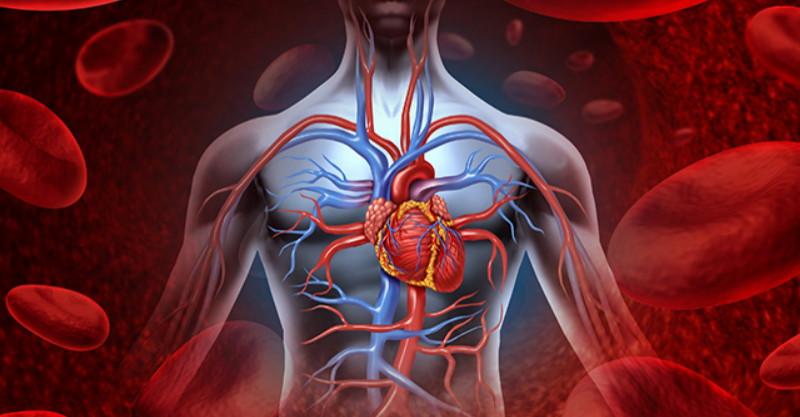Since being developed, plastic has become a part of nearly every facet of daily life. Our food packaging is made of plastic, as is our clothes, our flooring, our upholstery, our face masks, and fuzzy blankets. It’s everywhere. A staggering amount of plastic also enters the environment as people dispose of single-use products, such as water bottles, personal care products, or plastic grocery bags.
Researchers have discovered these microparticles damage human cells.






